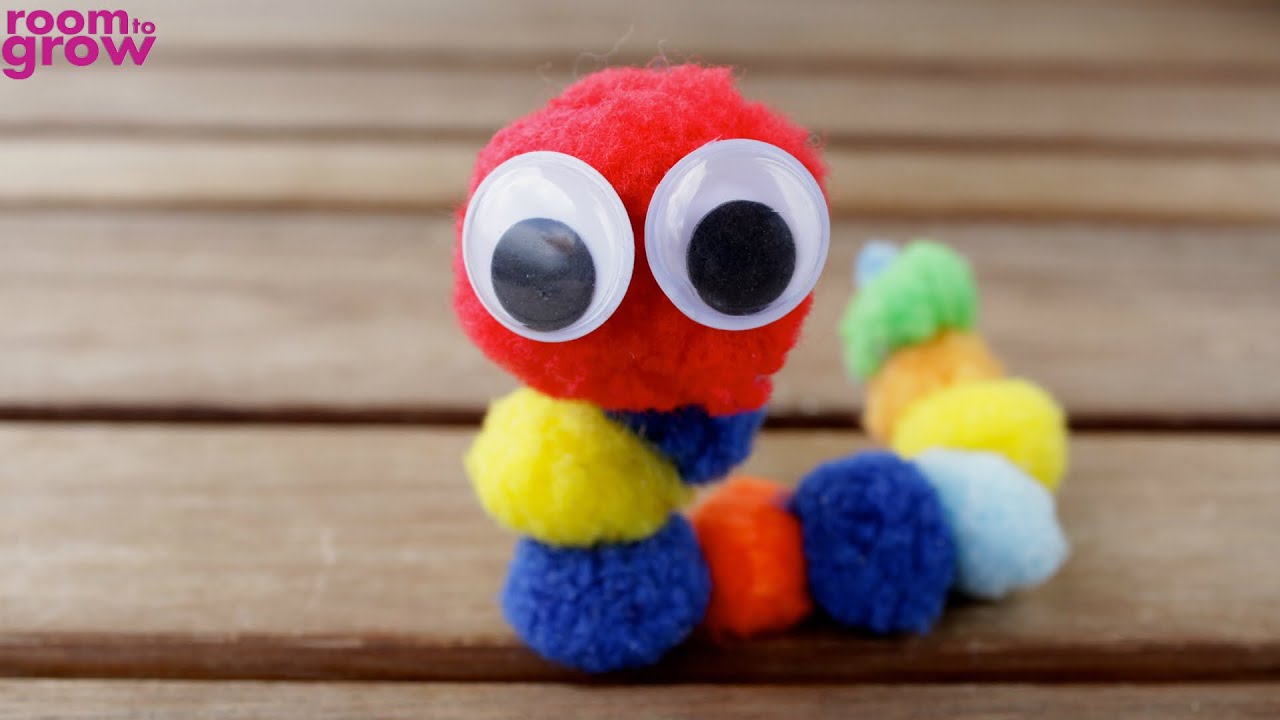
When choosing quilting fabric, gray is a popular neutral color. It is suitable for many different projects and can also be used as background to any pattern. This neutral color makes it an ideal choice for any space in your house. Gray quilting fabric can be used to give your quilts a modern look. It can also serve as the base color of a themed quilt.
Gray is neutral.
Gray is a neutral shade that can be used in quilts. It is a natural colour, so it can be found in many places such as the beach, dry grasses and crinkly leaves. This color is great for backgrounds as it is calm and soothing.

It is a subtle color, both in tone and shading. This makes it a good choice for quilting. It blends well in with surrounding colors so that it brings the attention to other colors rather than competing. It gives quilts a chameleon effect because it is neutral and doesn’t clash with other colours.
When selecting gray as a neutral color for quilting fabric, try to find fabrics with matching undertones. You can use gray as a border color for your quilt. This will blend well with a dark blue or a crisp white.
To make your quilting fabric standout, use contrasting colours to emphasize the quilting design. A combination of yellow-orange with gray would make the fabric seem more appealing. Use a complementary binding or backing color if you make a quilt from gray and white. Complementary colors will soften the contrast and enhance the impact of each color.
It is a neutral hue
When selecting quilting fabric, you should look for a neutral shade. A neutral colour is one that blends in well to other fabrics and doesn’t compete with them in color or tone. It's chameleon-like qualities mean that it doesn't stand out as a quilt color, but instead will be focused on the other colors. This makes it an excellent choice for many quilting projects.

Gray fabric makes a great quilt choice as it can be paired with any color scheme. This color looks amazing when paired alongside blues. It works well with even the most subtle colors of those colors, such navy and pale blue. This combination can produce a striking visual effect when paired up with other colors, like white.
FAQ
What are educational hobbies, you ask?
An educational hobby is an activity where you learn something by doing it. This could be anything you want, such as playing sports or learning how to play an instruments.
It should be enjoyable and have fun. While you don't need to do it every day, if bored you might consider other activities.
You also want to ensure you're not spending too much on these activities because they can end up costing you more than they're worth.
What are observation hobbies?
Observation hobbies can be activities that you watch people do. It could be reading, watching sports or going on holiday. It could also be observing other people as well.
Because they teach you how to think creatively, observation hobbies are great. This knowledge will be useful later in your work for others and yourself.
If you are passionate about something, you will find it easier to learn about it.
You might watch or read about football to learn more. Exhibitions are a great way to learn about photography.
If you love to play music, there are two options: either buy a new guitar online or follow along with the songs.
You have the option to make your own meals or take out at a restaurant if you enjoy cooking.
If you love gardening, you might grow vegetables or flowers.
If you like dancing, you could join a dance class or go out with friends.
If you enjoy painting, you might paint pictures.
If you like writing, you could write stories or poems.
You could also draw pictures if you enjoy drawing.
If you have a passion for animals, you might be able to look after them or work in a zoo.
You could choose to study biology, maths, chemistry, or physics if you are interested in science.
History is something you might enjoy if you read books, watch movies, or listen to podcasts.
You can travel abroad or explore your home area if you love to travel.
What are the most popular hobbies right now?
Popularity does not always mean that you are popular. Popularity can often be used to excuse mediocrity. Most people don't have the time or energy to pursue their hobbies. They are always too busy to earn a living. What do you do with your spare time? You could start a business.
This isn't an easy task. It takes a lot of work to make your dream a reality.
You should look into a hobby if you want something more thrilling than running your own business.
Hobbies are not limited to creative pursuits. There are many hobbies. Here are some examples:
-
Gardening
-
Cooking
-
Photography
-
Reading
Statistics
- The Role of the Mind in Sex, Dating, and Love: Men in the “humor” condition received phone numbers from 42.9% of the female participants and were refused 57.1% of the time. (time.com)
- In comparison, men in the “no humor” condition were refused 84.6% of the time and were only accepted 15.4% of the time. (time.com)
- I am 100% biologically a woman (discover.hubpages.com)
- 37% Video Games 36% Travel 36% Health and Fitness (quizexpo.com)
- This 100% accurate personality-analyzing hobby quiz discovers your passion based on your characteristics. (quizexpo.com)
External Links
How To
How to start gardening
Gardening is one of the oldest forms of agriculture. It requires persistence, patience, and determination. The first step in starting your own garden is choosing a location where you want to grow food. It could be large land, or just your backyard. Next, you will need to decide which type of plants are best for you. Are you more fond of flowers or vegetables? Some people enjoy growing herbs while others love raising livestock such as rabbits. Before you decide which crops you will plant, consider the amount of space you have. If you live somewhere that has cold winters, it might be a good idea to grow berries or fruits.
After you have decided what you want to plant, it is important that you prepare the soil. Your plants' success or failure will depend on the soil they are placed in. Organic matter is essential for the health and well-being of your plants. Organic matter includes leaves, twigs (grass clippings), manure, compost, and manure. You need nutrients to your soil after you have prepared it. The type of plant you intend to grow will dictate the amount of nutrients you need. A fertilizer calculator online can help you determine these values. There are many fertilizers available so be sure to know what you are purchasing.
Now, wait for your seeds to germinate after you have prepared your soil and added the necessary nutrients. The process takes between 2 weeks and 3 months depending upon the climate in your area. Once your seeds have sprouted, you need to water them regularly. Overwatering your plants can lead to problems. Avoid overwatering your plants. Overwatering can cause root rot or fungal diseases. Consider that plants generally need less water in the warmer months than they do in winter. Keep in mind that certain plants may need to be dried after being watered. Tomatoes for instance need to remain slightly moist, but not wet. They are not happy to be in soggy soil. After plants finish flowering, they need to go dormant. Plants go dormant when they stop producing new growth and instead store energy for next year's harvest. During dormancy, the plant stops sending signals to its roots telling them to produce food. During this period, plants continue to store energy. The plant will eventually die if it is not given enough sunlight or temperatures below freezing.
Urban environments may limit the variety of plants you can grow. Urban areas tend to contain concrete sidewalks, roads, buildings, and parking lots that block sunlight from reaching the ground. Concrete absorbs light which blocks sunlight from reaching the ground below. This is why many plants cannot thrive in cities. There are many plants that can survive in urban environments. Many trees, shrubs, and perennials can adapt to city living. Many annuals can be grown indoors, too, in containers. Container gardens can be used to grow greenery indoors year-round, no matter what the weather outside.
You are now ready to plant your garden!